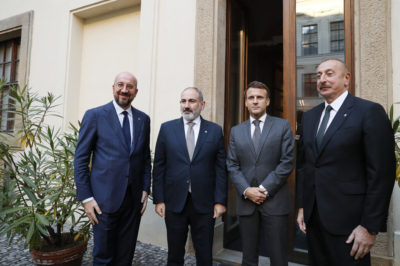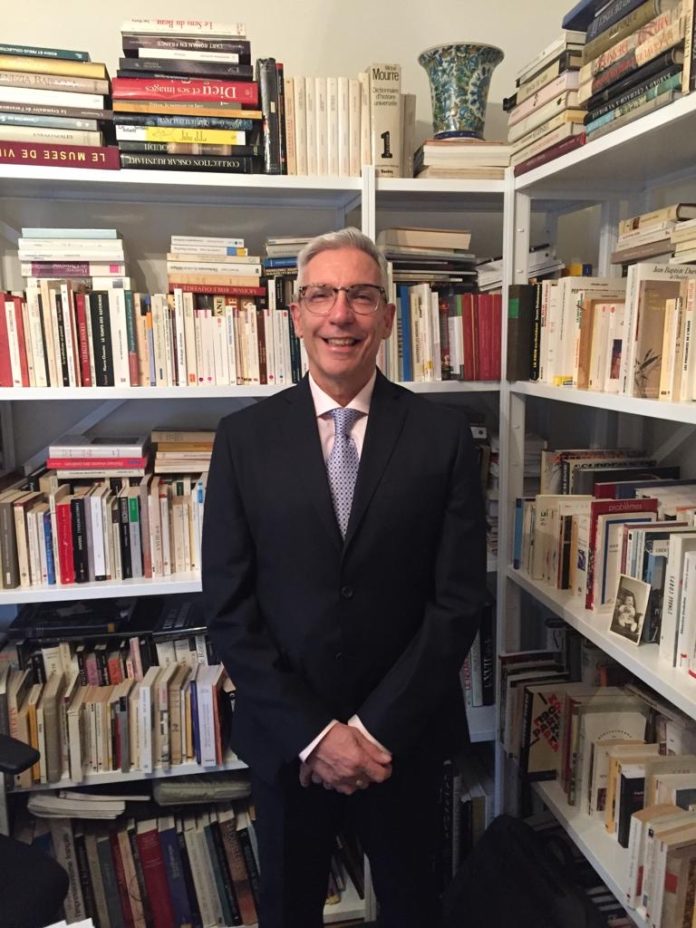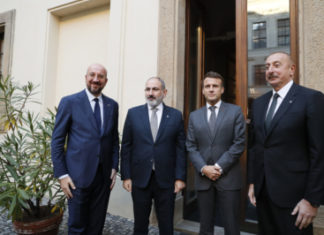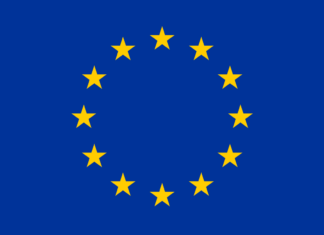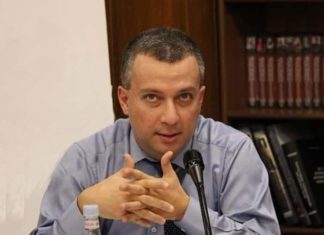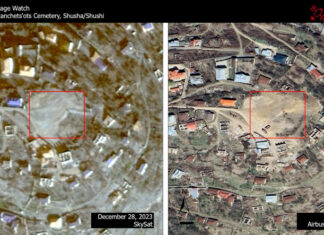GENEVA/YEREVAN — Alain-Barkev Navarra-Navassartian was born in Paris and resides in Geneva. He has studied at University of Sorbonne and Columbia University, New York City. He is a doctor in art history, PhD in sociology in Italy and the United States, vice-president of the association “Invitation to knowledge” and president of the NGO “Hyestart.” He is actively in touch with his colleagues in Armenia, initiating various social and cultural projects, teaching tourist guides to discover and study subjects of the history of art.
Alain, your double name and surname hint your belonging of two peoples and cultures, western and Armenian. How this combination influences on you as specialist and person?
Indeed, I come from a mixed family: an Italian-American father with Hispanic and Maltese origins and an Armenian mother. I was raised by my maternal grandparents, who were Armenians, so Armenian culture is at the heart of my learning as a child and teenager and even my adult life. However, I had to develop identity strategies in order not to give up my mother’s culture (speaking the language, attending Armenian school, etc.) Thanks to the education I received, my Armenian identity was never a principled identity, based on dissociation. I never had to choose between different feelings of affiliation. It was obvious that an identity is built. There was an objective identity but also a subjective one. And this is the great gift that my grandparents gave me: the freedom of the sense of identity, the adherence to my Armenian identity is my choice.
There is a voluntary dimension in this choice; it is not only logic of collective belonging, but also logic of private trajectory. I am therefore comfortable with all my “legacies.” This freedom offered by my family has had a significant impact on my life and professional choices. First of all, I was led to rethink the definition of “culture” as the grandson of stateless people, and belonging to a group that has always appeared as the paragon of integration in the host country. Beyond beliefs and practices, a culture is characterized by ways of thinking about the world, the individuals, the family, etc. My education has allowed me to understand that I am not the mirror of a single cultural belonging without betraying family loyalties. The Narek echoed Saint Francis of Assisi as Vahé Oshagan echoed French existentialism.
My taste for art history and the arts, in general, is more a matter of family heritage. My grandfather had started studying architecture in Turkey, he painted and knew many Armenian artists in Paris. My grandmother was a musician. On the other hand, growing up in a diasporic family, marked by exile and the difficulties of integration in the host country certainly had an impact: the dialectic of absence and presence, of the said and the unspoken, etc., was not always easy to understand. I have always refused the place assigned to the Armenian group: a group with a ritualized memory in a social and spatial inter-self. Through the experience of my grandparents and my mother, the history of minorities imposed itself on me. And this is the subject of my sociology studies
Unlike many diaspora-born people, even being half Armenian, you are very connected to Armenia…
